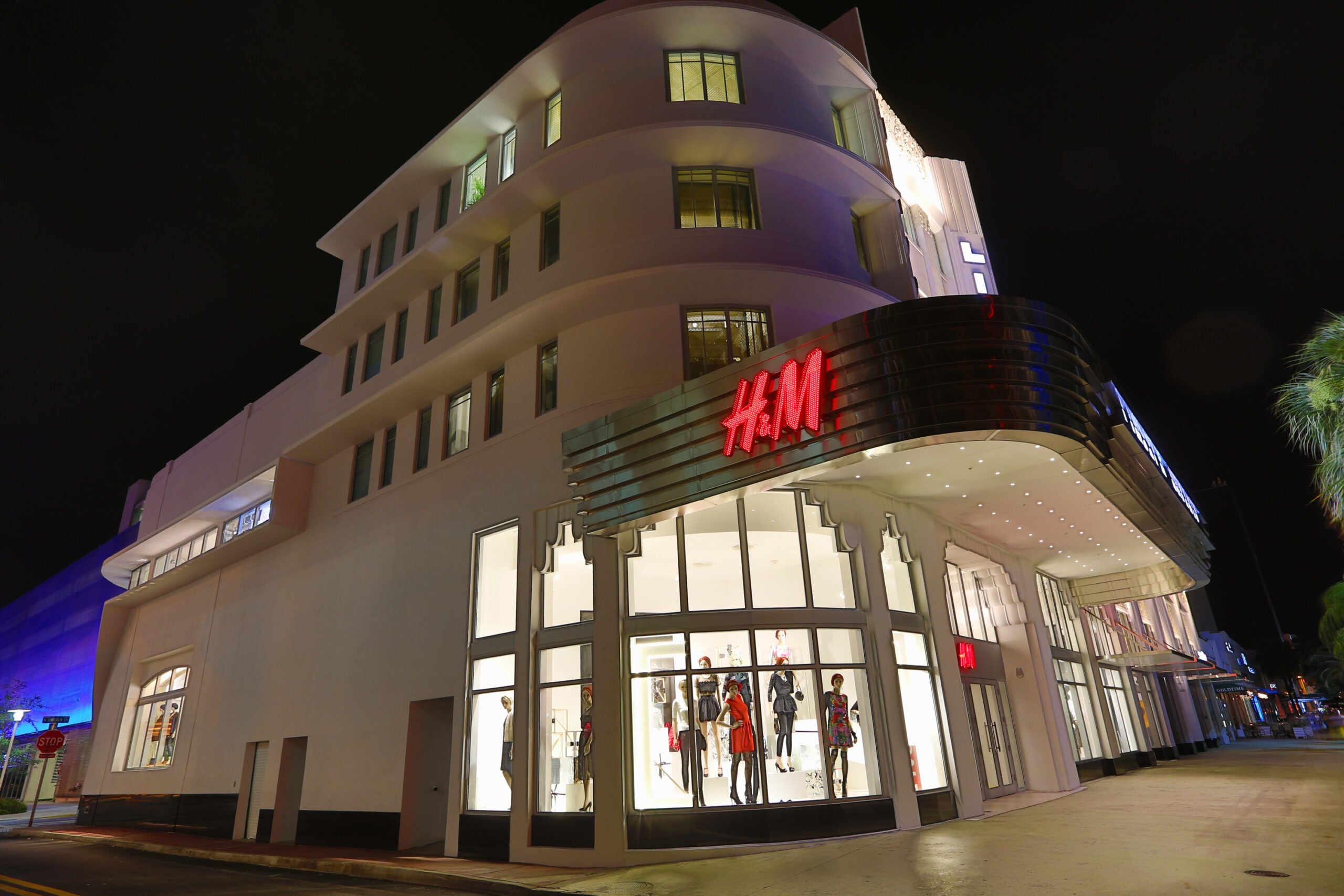
GlobalData apparel analyst, Darcey Jupp, says that while H&M achieved revenue growth of 12% to SEK223.6bn (US$21.7bn) in FY2021/22, its revenue still remains 4% behind FY2018/19 levels and it is now “lagging behind key rival” Inditex, which was already up 16.7% versus pre-pandemic in the nine months to 31 October 2022.
H&M FY financial highlights
- Net sales increased by 12% in the 2022 financial year to SEK223.6bn. In local currencies the increase was 6%. Results for the year were impacted by one-time costs of SEK2.6bn for winding down its Russian operations and for a cost and efficiency programme.
- Operating profit was SEK7.2bn, corresponding to an operating margin of 3.2%, Adjusted for the one-time costs, operating profit amounted to SEK9.8bn and the operating margin was 4.4%.
- The group’s profit after tax was SEK3.6bn.
H&M Q4 financial highlights
- Net sales increased by 10% to SEK62.4bn. In local currencies, net sales were flat.
- Operating profit was SEK821m, corresponding to an operating margin of 1.3%. The lower profit in the fourth quarter when compared with the same quarter in the previous year is mainly explained by the negative external factors, loss of the operating profit previously contributed by Russia and the one-time cost of the cost and efficiency programme.
- The group’s result after tax was -SEK864m compared with SEK4.6bn a year earlier.
Helena Helmersson, CEO, said: “Although 2022 was a turbulent year characterised by negative external factors such as geopolitical challenges and substantial cost inflation, our sales increased by 6% during the year. Having left the worst of the negative effects of the pandemic behind us, war broke out in Ukraine. We quickly decided to pause sales in the countries affected and later to wind down our business in Russia and Belarus. Our decision to wind down the business in Russia, which was an important and profitable market, has had a significant negative impact on our results. The hikes in raw materials and freight costs combined with a historically strong US dollar resulted in extensive cost increases for purchases of goods. Rather than passing on the full cost to our customers, we chose to strengthen our market position further. On top of this, there were increased energy costs as well as a one-time charge for the cost and efficiency programme that was initiated at the end of the year.
“The external factors that have had a negative effect on our purchasing costs are gradually reversing and are expected to become positive for our results in the second half of 2023. Purchasing costs are already lower for the orders being placed now compared with the same time last year. In addition, the second half will also see the positive effect of the cost and efficiency programme that is expected to provide annual savings of SEK2bn.
“Our highest priority is the H&M brand, where we are continuing to work on improving the assortment and the customer experience both in-store and online while at the same time integrating the two channels further.
“Despite the tough situation in the world around us the H&M group stands strong, with a robust financial position, healthy cash flow and a well-balanced inventory. Sales in the new financial year have started well. The external factors are still challenging, but are moving in the right direction. Combined with our investments and efficiency improvements, there are very good prerequisites for 2023 to be a year of increased sales, improved profitability and lower inventory. Thus, our goal of achieving a double-digit operating margin for full-year 2024 remains in place.”
Analyst reaction
Jupp said steps H&M is taking to improve product assortments and customer experience are “vital” for H&M to regain competitiveness against Zara “which excels in both areas”.
“However, muted sales growth of 5% in local currencies between 1 December 2022 and 25 January 2023, despite it being the first Christmas period without Covid restrictions, proves it could be too little, too late for the group, as consumers have already started reducing apparel spend and have become more selective over the brands they shop with, so H&M is likely to have another challenging year.”
“At its lower mass market price positioning, H&M should be cautious of further price rises as it faces a greater risk of its shoppers trading down to value competitors like Primark and Pepco, so a focus on championing value for money and compelling, trend-led product ranges will be vital for the group to protect its margins from decreasing further. H&M’s intention to focus more on sport, beauty and home is wise, as these areas will be more resilient than clothing and footwear amid the worsening macroeconomic conditions in 2023.”
She concludes: “While H&M has often been considered a digital laggard, it has made continuous improvements post-pandemic to its online offer, resulting in group online penetration of around 30% in FY2021/22, which is a strong result considering it is flat on the year prior which included pandemic restrictions. Furthermore, the group continues to innovate within the lucrative rental and resale markets, launching a rental service in its newly-revamped H&M Regent Street store in London to complement its online service. Its online resale platform, Sellpy, has seen great success, with sales increasing 85% in FY2021/22 and forecast to exceed SEK1bn in FY2022/23. Allowing shoppers to buy secondhand products from Sellpy on its Swedish and German H&M websites should help make this target more achievable, and H&M should consider expanding this into more European countries, particularly as its platform will likely outpace the European apparel resale market, which GlobalData forecasts to grow 22.2% to $59.7bn in 2023.”



